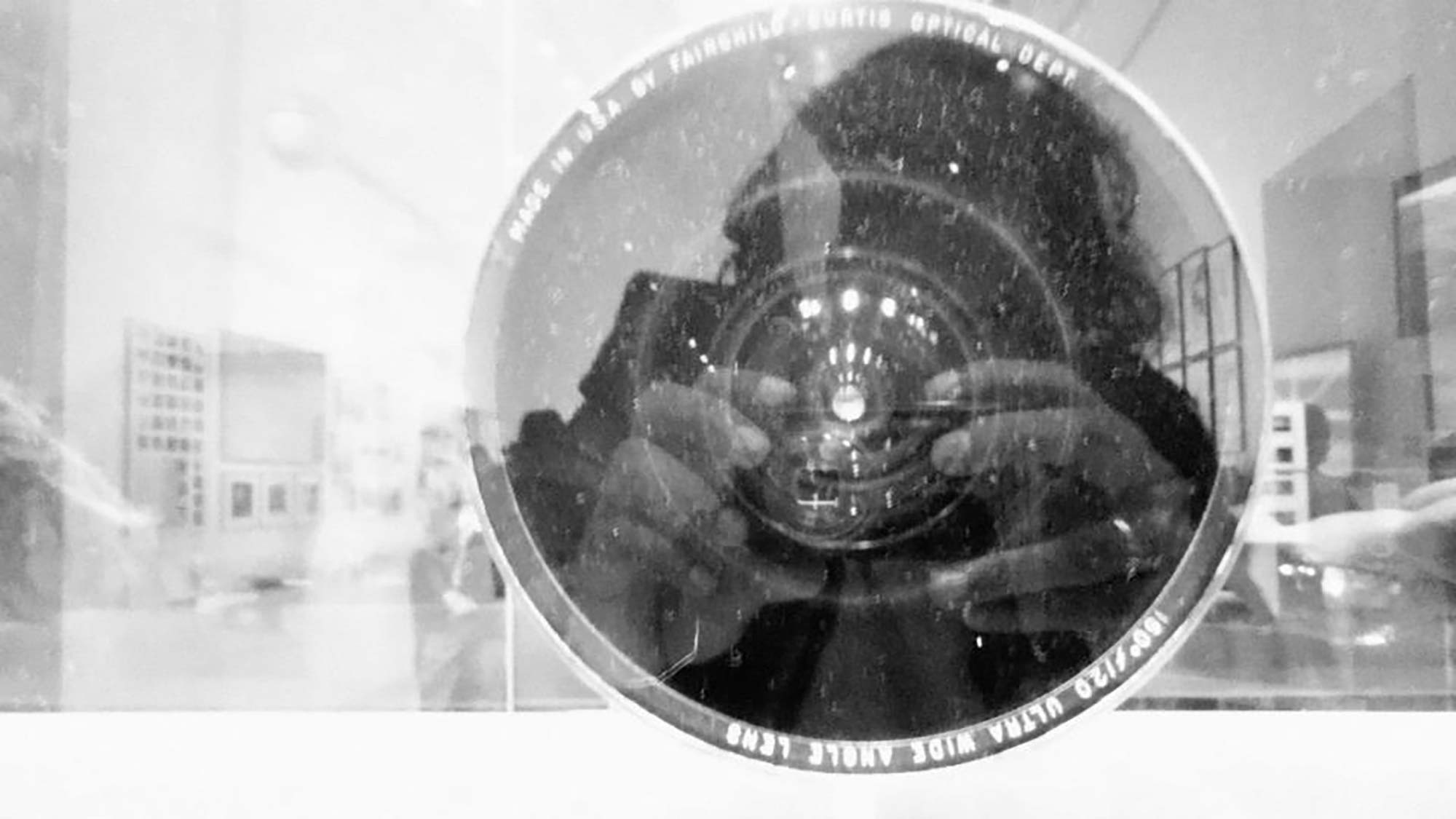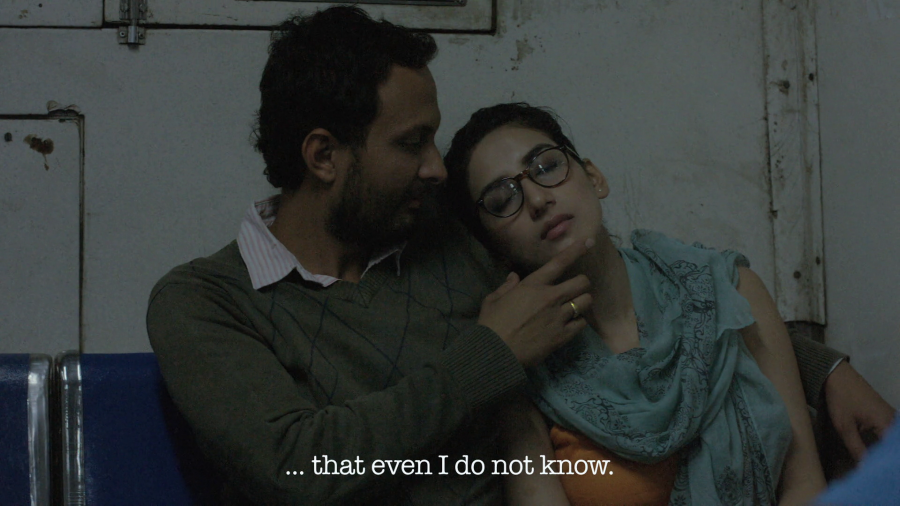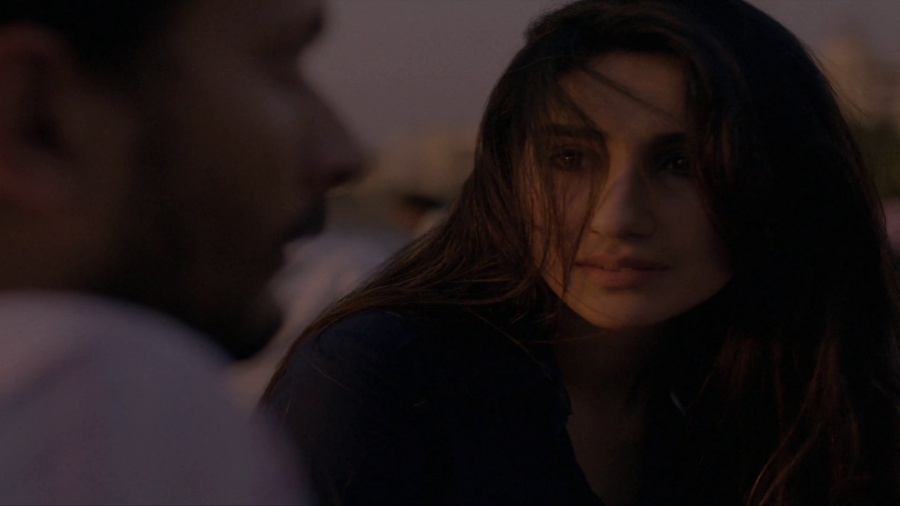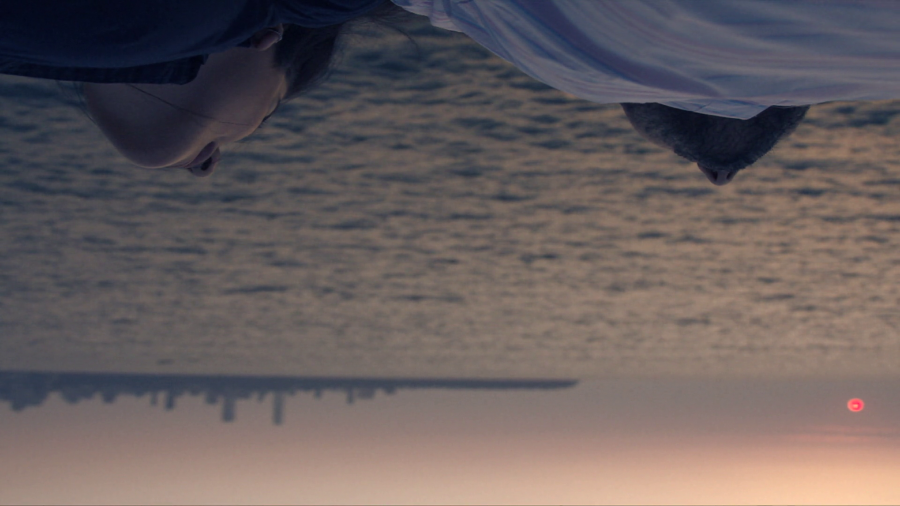
In Focus: Filmmaker Aadish Keluskar by ShortFilmWindow Team
June 21st, 2015
We met Aadish Keluskar, who hails from Kankavali city, Sindhudurg district and grew up in Mumbai. He studied filmmaking in FTII. His last short film Tatpaschat questioned our perceptions and point of view towards people who live in the outskirts of the society.For Aadish, filmmaking is a medium of "exploration of the expression" and he enjoys "its temporal playfulness and it's believable illusive attribute."
We decided to sit and chat with him about his film "I Love you Too...". It is releasing tomorrow on ShortFilmWindow.
1) How did I Love You Too happen?
I had written a feature length script four years back. There was a sequence in it, which I thought was the essence of the whole film. It was pretty straightforward then.
Actually, I really have no idea why I make films. So was the case with this film - it had to be made, I was around, so it was made by me or through me(whichever way you would like to put it). The only practical thing was the budget of 32,000. I had made 8,000 by working on research of two AVs. I narrated the script to the producer of those AVs, Vinay Shinde. He liked it and financed the rest.
Amey Chavan and Rohit Kokate are collaborators whose rigor, skill and imagination I could trust. Once they were on board, rest of the making was just the kind of high we all get from filmmaking. Because of lack of budget I could not work with the editor I wanted to work with, so I edited it myself.
We needed some more finance for music and dubbing. Vinay Mishra and Preety Ali from Humaramovie came to help. They liked the film and the film got completed with Mannan Munjal’s reflective yet eccentric score.
2) The film is 10 minutes in the mind of a very disturbed man. Almost all the film happens in Rahul’s mind as he takes the short walk towards Anajali with a knife in his hand. What did you want to leave the viewer with?
I feel that the perception of the viewer completes the making-unmaking of any film. Every film emerges from an abstract rhythm, which turns into an idea, then a theme, then a concept, then a story, then a narrative screenplay, then its visualization, then edit and then sound (Music too is a form of sound). So basically it is a consistent transformation from abstraction to concrete representations. When the viewer receives content, form and style from any movie, she/he receives the film as different infinite bits of information that generates sentiments, thoughts and rhythms. So in this phase, it is a continuous transformation from concrete representation to abstraction.
It goes without saying that this process of concretization and abstraction is co-existent at every stage of filmmaking and film viewing at a micro level. But the macro effect one speaks of can be distinctly observed in the pattern of abstraction-concretization- abstraction. In this film, I tried to lessen the degree of concretization, so that the viewer can have more freedom to form her/his own narrative and sequencing, which in turn would evoke different kind of interpretations of Rahul’s psyche vi-a-vis the film. Thus, this perception process I found was analogous to Rahul’s character who starts with an abstract rage, then a concrete resolution, and then feeling indifference towards both the rage and action at the end of the film. The disturbance happens when one tries to go into any idea. No matter how moral, immoral, social-antisocial it may sound on the outset, inside the idea…there is no judgment or conscience or awareness. Rahul takes us into an indifferent harmonic zone of a very clichéd, sensationalist and immoral idea without making much fuss about it. Thus, the effect is disturbing. And that can also generate many response ranging from fascination or repulsion or an unending monotonous comedy.
3) The casting for both the leads is superb. Can you tell us something about how you found the actors and how you worked with them?
I have already worked with Rohit in one film. So he was someone who I knew would be able to breakdown the character and be in it. He follows a naturalistic school of acting, so he had to work some more to become immaturely stylistic in a Bollywood way. But since we both have total admiration for Bollywood films for different reasons, he did not take much time to understand the fun we are having with Rahul’s character. Other than that he went through the necessary voice, body language, script breakdown exercises for his role.
Anjali’s character is shown from Rahul’s perspective. It was supposed to have an aura from Rahul’s point of view. Appearance-wise Parul fits the part instantly. The tough part was to show Anjali’s dominance and ferocity required for the climax. We went through certain references that she and I came up with. For this role, Parul did not want to have much preparation. Her energy system works different than Rohit’s. Since her energy in acting operated more on the level of sudden blasts, it fitted the flash memory pattern in which her character emerges in the film.
4) The film plays with structure and time in a pretty unique way, adding shots from Kuch Kuch Hota Hai to Obama’s press conference, to the couple’s combative relationship, and back again and again to Rahul slowly walking towards the girl he wants to kill. Were there any films or directors that you had in mind when you came up with this? Any influences?
In a very simplistic way the narrative structure comes under the old literary form of Stream of Consciousness, which has been used in Cinema for a long time now. There are many writers and many directors who have experimented with this form with much denser layering and ordering. Particularly in filmmaking, Godard, Chris Marker, Alan Resnais have probed it with more or less consistency. Probed, because it is more like an investigation process of an emotion, thought or idea. For example, going to KKHH or Obama found footage is a technique that is called Digression in narrative. Not only one has used it in the so called ‘Art’ Cinema but also in a used it in a so called ‘commercial cinema’ (Slumdog Millionaire Amitabh Bacchan’s footage)
As far as concept of Time is concerned, it tries to diffuse the distinction between past, present future (Factual or imaginary in all tenses). But that is the concept of time scientifically. It is neither linear nor non-linear but alinear. With more exploration of the atomic structure on quantum level, with the currently understood possibility of superpositions and birth of attributes due to emergence process, theoretical physics has also increased the scope of human understanding of Time. Of course, Quantum mechanics and mathematics have a long way to go with theoretical physics. No one knows anything for sure. Everyone is trying to figure it out. We, as filmmakers, with our limited understanding are doing the same. The time application in this film is also an attempt at that, like many more films and other works in different fields of arts.
5) The film hints that the events we are seeing are a lot more ambiguous and a lot, maybe all of it, are playing out in Rahul’s mind and his mind alone. Was that intentional?
I think with above explanations, I have made my intentions clearly ambiguous.
6) Any previous perceptions about film-making that have changed in the process of making films?
The only feeling that might have changed is that , first I was only interested in expressing myself, now I am more inclined towards exploring "what I feel like expressing" at that particular point of time.
7) You studied filmmaking at FTII. What were your experiences at FTII.
FTII was important in terms of resources whether technical or human. I was told very initially the disadvantages of having a mentor, guru or any such idol in filmmaking or otherwise, so I tried to stay away from that. It was basically different kind of ideas, expressions and energies of people in FTII, which caught my curiosity. I cannot talk much about the structure of FTII, its advantages and disadvantages with varying intensity. I cannot, because that would be a too long conversation. One can possibly learn a lot if one is not in awe of FTII or any such institute or person or group. FTII is there to help one learn but not teach. So if we play the victim, it would kill the keeda in us was my reasoning throughout my period in FTII.
Thank you Aadish. His film "I Love You Too..." is available on ShortFilmWindow and can be seen here:http://www.shortfilmwindow.com/i-love-you-too/








